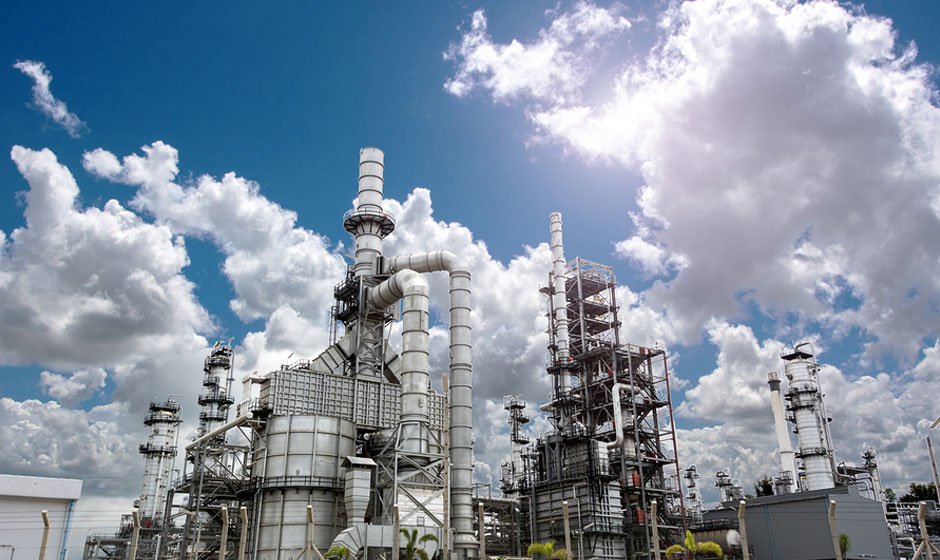Industrial activities play a vital role in economic growth and technological advancement in today’s world. However, these activities can also have significant environmental impacts if not properly regulated. Industrial environment regulations are therefore crucial to ensure that industrial processes are conducted sustainably, minimizing adverse effects on the environment and human health. This comprehensive guide will delve into the importance, key regulations, implementation strategies, challenges, and future trends of industrial environment regulations.
Importance of Industrial Environment Regulations
Industrial activities can result in air and water pollution, habitat destruction, and the release of hazardous substances into the environment. These impacts can escalate without adequate regulations, leading to widespread ecological damage and health hazards for nearby communities. Industrial environment regulations aim to mitigate these risks by setting standards and guidelines for industries to operate responsibly.
- Protection of Human Health: Regulations safeguard public health by limiting exposure to pollutants emitted from industrial sources, such as factories and power plants.
- Preservation of Ecosystems: Regulations help conserve natural habitats and biodiversity by curbing pollution and habitat destruction caused by industrial development.
- Resource Conservation: Regulations promote efficient use of resources and energy within industrial processes, reducing waste and promoting sustainability.
Key Regulations Governing Industrial Activities
Industrial environment regulations encompass a diverse range of laws and standards that vary across countries and regions. However, several common themes and regulations are prevalent worldwide.
- Air Quality Standards: Regulations set limits on emissions of pollutants such as sulfur dioxide (SO2), nitrogen oxides (NOx), particulate matter (PM), and volatile organic compounds (VOCs) from industrial sources. Compliance often requires the installation of emission control technologies.
- Water Pollution Control: Regulations govern the discharge of pollutants into water bodies, including limits on effluent concentrations and requirements for wastewater treatment before disposal.
- Waste Management: Regulations mandate proper handling, storage, treatment, and disposal of industrial waste to prevent soil and groundwater contamination.
- Land Use and Habitat Protection: Regulations may restrict industrial development in ecologically sensitive areas or mandate habitat restoration after industrial activities cease.
- Chemical Safety and Hazardous Materials Handling: Regulations focus on the safe storage, transportation, and disposal of hazardous chemicals to minimize risks of accidents and environmental contamination.
Implementation of Industrial Environment Regulations
The effectiveness of industrial environment regulations relies heavily on robust implementation and enforcement mechanisms. Governments, regulatory agencies, and industry stakeholders must collaborate to ensure compliance and continuous improvement.
- Regulatory Compliance Monitoring: Regular inspections and monitoring of industrial facilities are essential to verify compliance with environmental standards.
- Public Participation and Transparency: Engaging communities affected by industrial activities fosters accountability and encourages proactive measures to address concerns.
- Technology and Innovation: Encouraging the adoption of cleaner production technologies and sustainable practices through incentives and research grants can drive compliance with regulations.
- Capacity Building: Providing training and resources to industry professionals enhances their understanding of regulations and promotes better environmental management practices.
Challenges Facing Industrial Environment Regulations
Despite significant progress in environmental regulations, challenges persist in achieving comprehensive industrial sustainability.
- Globalization: Industrial activities increasingly span international borders, necessitating harmonization of regulations and cooperation among nations.
- Emerging Contaminants: Addressing novel pollutants and their environmental impacts requires adaptive regulatory frameworks and advanced monitoring technologies.
- Climate Change Resilience: Regulations must integrate climate considerations, encouraging industries to reduce greenhouse gas emissions and adapt to changing climatic conditions.
- Circular Economy Principles: Future regulations may prioritize circular economy models that emphasize resource recovery and minimize waste generation.
Future Trends in Industrial Environment Regulations
As the world grapples with environmental challenges, future trends in industrial environment regulations are evolving to address emerging issues and foster sustainable industrial development.
- Digitalization and Environmental Monitoring: Advances in digital technologies enable real-time monitoring of industrial emissions and environmental impacts, enhancing compliance and transparency.
- Eco-labeling and Green Certification: Governments and industry bodies promote eco-labeling schemes to incentivize environmentally friendly products and production processes.
- Extended Producer Responsibility (EPR): EPR frameworks hold manufacturers accountable for the entire lifecycle of their products, encouraging design for recyclability and waste reduction.
- Cross-Sector Collaboration: Collaboration between industries, governments, academia, and civil society is crucial for developing holistic solutions that balance economic growth with environmental protection.
Conclusion
Industrial environment regulations represent a cornerstone of modern environmental governance, ensuring that industries contribute to societal progress while minimizing their ecological footprint. By staying informed and advocating for stronger regulations, we can collectively work towards a more sustainable future where industrial activities coexist harmoniously with nature.
Industrial environment regulations play a pivotal role in safeguarding human health, conserving natural resources, and mitigating climate change impacts through effective implementation, continuous improvement, and adaptation to emerging challenges. Together, we can shape a regulatory landscape that fosters innovation, promotes responsible industrial practices, and preserves our planet for future generations.
Industrial environment regulations not only benefit the environment but also contribute to economic stability and social well-being. Sustainable industrial practices can enhance competitiveness, attract investment, and create green jobs. Therefore, governments and businesses must prioritize environmental sustainability in their policy frameworks and operational strategies.
In the coming years, the global community must accelerate efforts to strengthen industrial environment regulations and address pressing environmental issues such as pollution, resource depletion, and climate change. This requires proactive collaboration among stakeholders, investment in green technologies, and a shift towards circular economy principles.
By embracing the principles of sustainable development and upholding stringent environmental standards, industries can thrive in a manner that respects planetary boundaries and supports the well-being of present and future generations. Let us work together to build a greener, more sustainable world through effective industrial environment regulations and responsible business practices.

